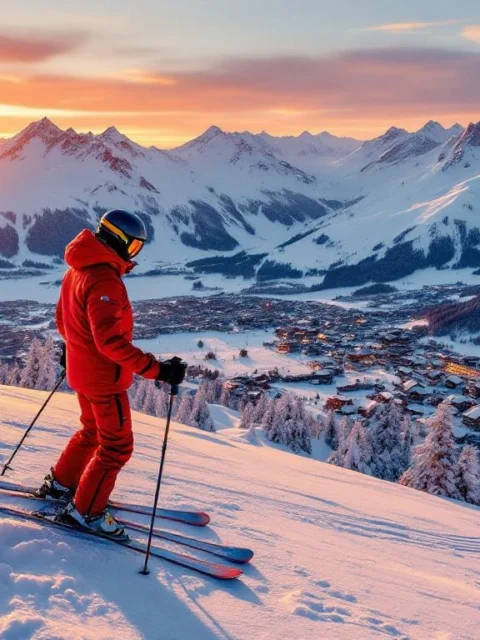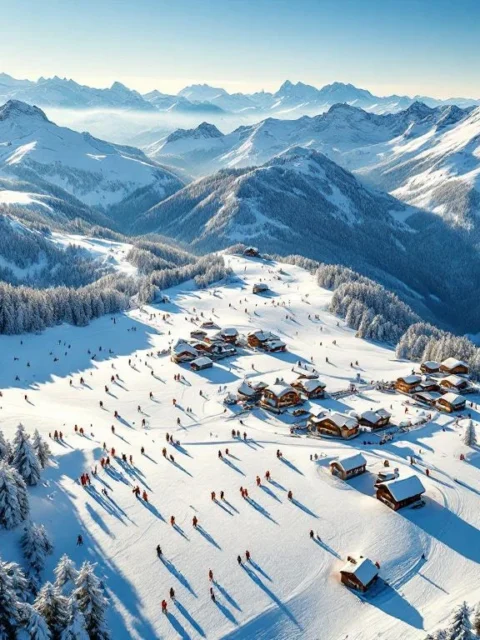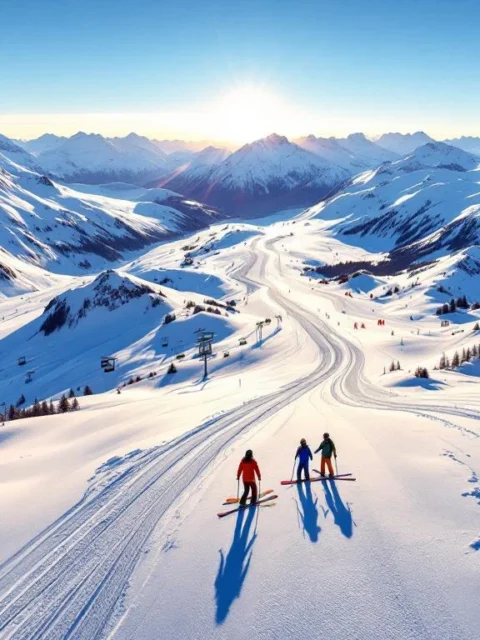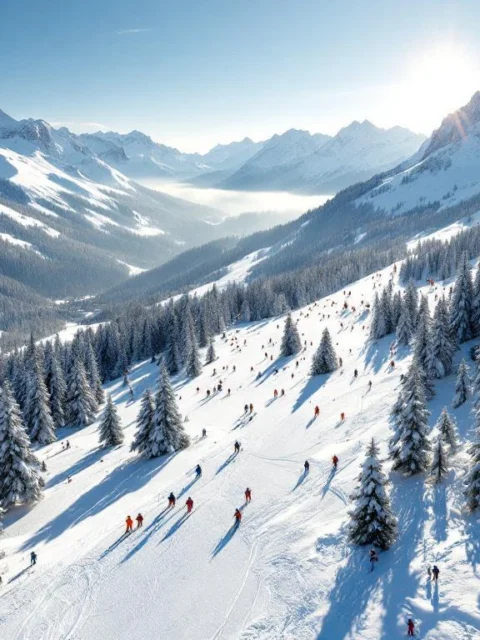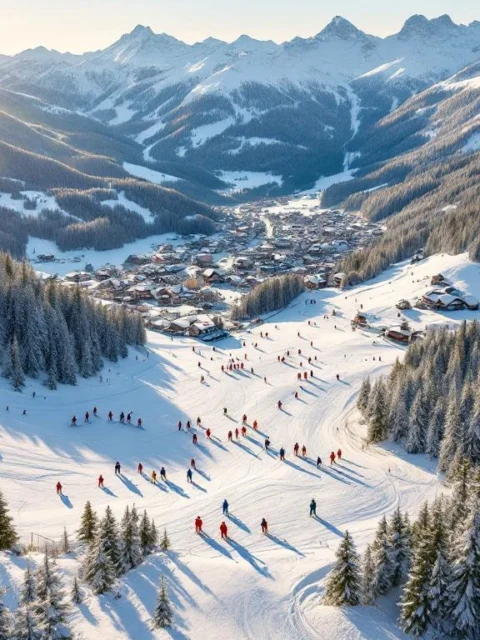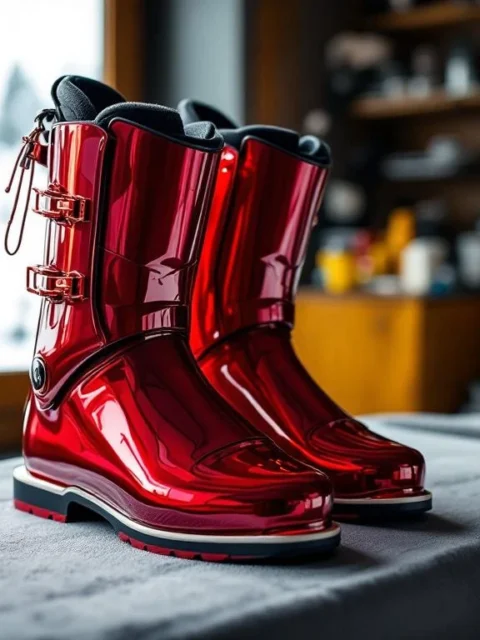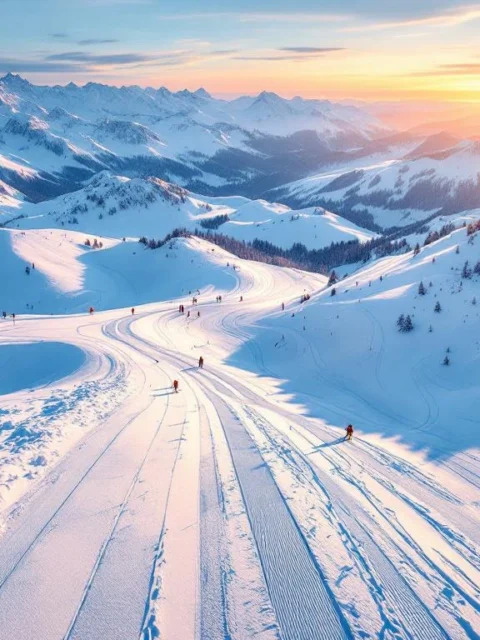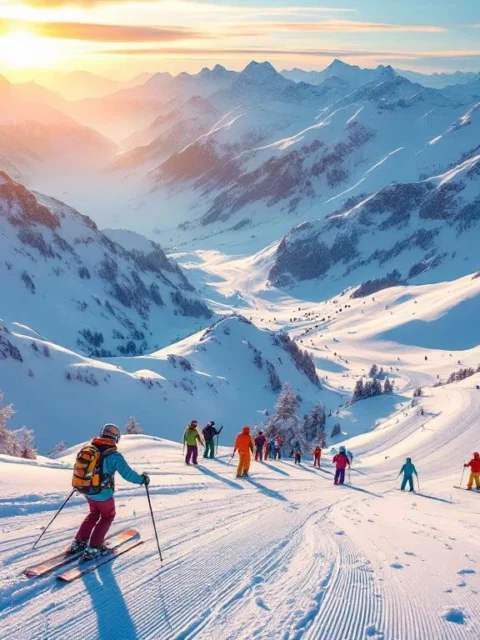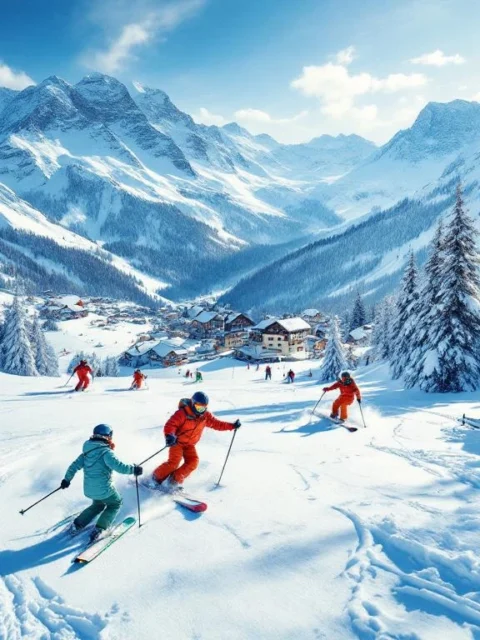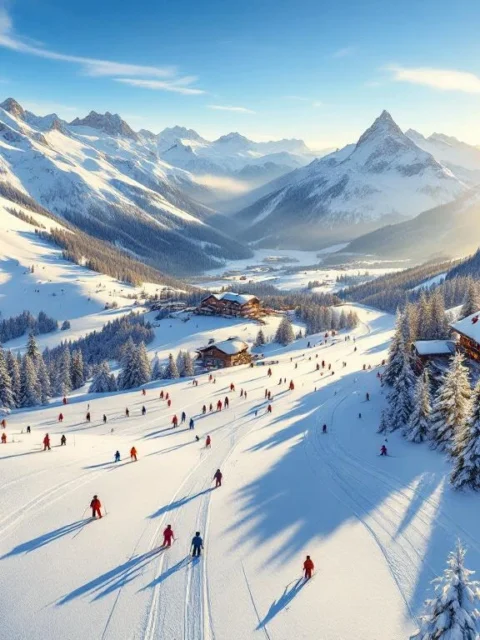What is the highest ski resort in Italy?
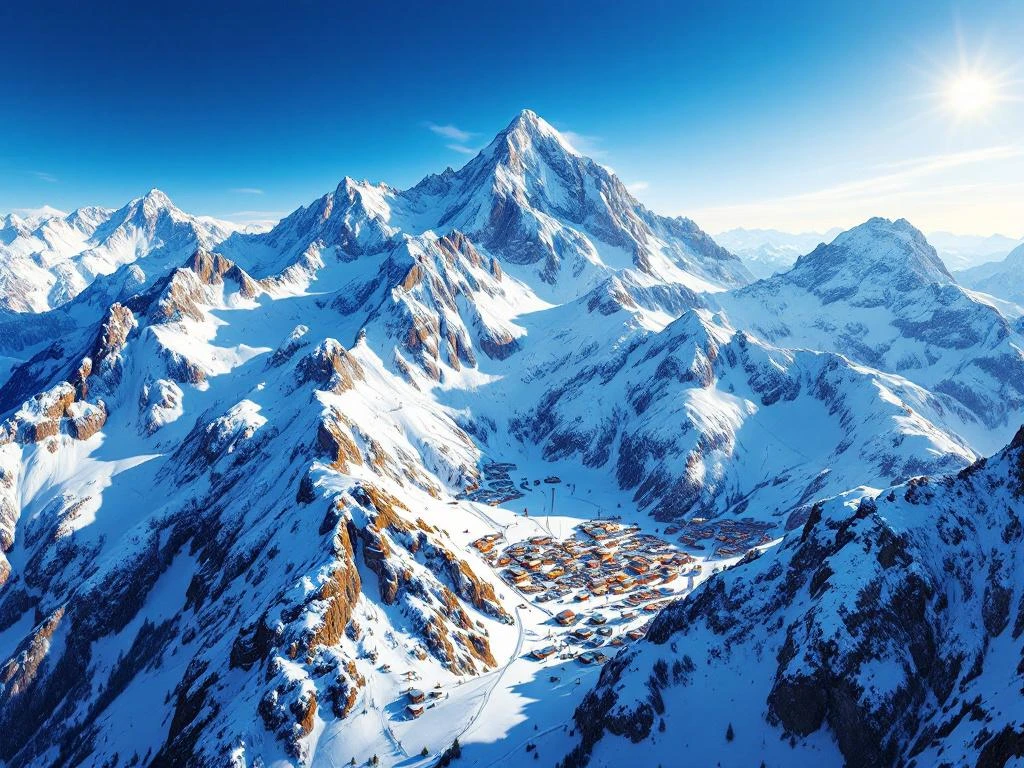
The highest ski resort in Italy is Cervinia in Valle d’Aosta, with slopes reaching up to 3,883 meters in altitude. This spectacular ski resort is located at the foot of the iconic Matterhorn and is connected to Swiss Zermatt, giving you access to one of Europe’s most extensive high-alpine ski areas. Thanks to this extreme altitude, you can enjoy excellent snow reliability from October to May.
What Makes Italy So Attractive for Winter Sports Enthusiasts?
Italy combines world-class winter sports with unforgettable cultural experiences like no other country. The Italian Alps offer an impressive diversity of ski resorts, from glacier skiing at extreme altitudes to cozy family areas in picturesque mountain villages.
The altitude of many Italian ski resorts is crucial for reliable snow conditions. While lower areas depend on artificial snow, high-altitude slopes guarantee natural powder snow throughout a long season. This makes skiing in Italy particularly attractive for powder-hunting enthusiasts.
What makes Italy truly unique is the combination of top-class slopes with famous Italian hospitality. After a day full of first tracks, you can enjoy authentic pasta in a mountain restaurant with breathtaking panoramic views of the Alps.
Which Ski Resort is the Highest in Italy?
Cervinia is undisputedly Italy’s highest ski resort, with its highest point at 3,883 meters above sea level. This spectacular area is located in Valle d’Aosta, directly on the Swiss border beneath the imposing Matterhorn.
What’s special about Cervinia is its connection to Zermatt via the international ski area Matterhorn Ski Paradise. This unique combination gives you access to more than 360 kilometers of slopes spread across two countries. The glacier section ensures that you can even ski here in summer.
The extreme altitude means that Cervinia has one of the longest ski seasons in the world. From October to May, you can enjoy excellent snow conditions here, while most other European ski resorts are already closed.
What Are the Advantages of Skiing at High Altitude?
High-altitude ski resorts offer guaranteed snow reliability that you won’t find anywhere else. At altitudes above 3,000 meters, snow remains perfect for months, without the changeable conditions of lower areas.
The snow quality at high altitude is exceptional. Due to constantly cold temperatures, the snow remains dry and powdery, perfect for those magical first-track moments that make every winter sports enthusiast’s heart beat faster.
The longer ski season is a huge advantage. While other areas close in April, you can often ski until June in high-altitude areas. This gives you much more flexibility when planning your winter sports vacation.
The panoramic views from these heights are breathtaking. You look out over endless mountain ranges and glacier formations that you can only experience at these extreme altitudes.
What Other High-Altitude Ski Resorts Does Italy Have to Offer?
Besides Cervinia, Italy has even more impressive high-altitude destinations for winter sports lovers. Val Senales reaches 3,212 meters and offers glacier skiing year-round, perfect for summer ski trips.
| Ski Resort | Highest Point | Region | Season |
|---|---|---|---|
| Cervinia | 3,883m | Valle d’Aosta | October – May |
| Val Senales | 3,212m | South Tyrol | September – June |
| Passo Tonale | 3,016m | Trentino | November – May |
| Livigno | 2,798m | Lombardy | November – April |
Passo Tonale combines glacier skiing with extensive slope possibilities for all levels. The area is known for its reliable snow conditions and modern lift installations.
Livigno, although situated somewhat lower, offers a unique combination of high-altitude slopes and duty-free shopping. This makes it a popular choice for winter sports enthusiasts who also enjoy après-ski activities.
How Do You Choose the Best High-Altitude Ski Resort for Your Level?
Choosing the right high-altitude ski resort depends on your skiing experience and personal preferences. Beginners are often better off in areas like Livigno, which despite its altitude has many wide, clear slopes.
For advanced skiers, Cervinia and Val Senales are ideal. These areas offer challenging off-piste possibilities and steep slopes that really put your techniques to the test. The glacier environment does require more experience and caution.
Also consider the facilities that are important to you. Some high-altitude areas focus more on pure skiing experience, while others offer extensive après-ski possibilities. Look at the availability of ski schools, especially if you want to improve your technique.
Accessibility also plays a role. Some high-altitude areas require longer travel times, but reward you with less crowded slopes and a more authentic mountain experience.
Why is Professional Guidance Essential in High-Altitude Areas?
Experienced instructors are indispensable in high-alpine environments where conditions are more challenging than in regular ski resorts. The thin air, changing weather conditions, and complex terrain formations require specific knowledge and experience.
Safety comes first in high-altitude areas. Professional guidance not only helps you improve your skiing technique but also helps you navigate the alpine environment safely. Instructors know the local conditions and can guide you in recognizing potential dangers.
We help you find qualified ski schools in the best Italian high-altitude areas. Our platform connects you with professional ski instructors spread across the Alps, ensuring you have professional guidance that matches your level and ambitions.
The right instructor makes the difference between a good and an unforgettable winter sports vacation. Especially in the spectacular high-altitude areas of Italy, where every descent is an adventure and every turn reveals new panoramas.


